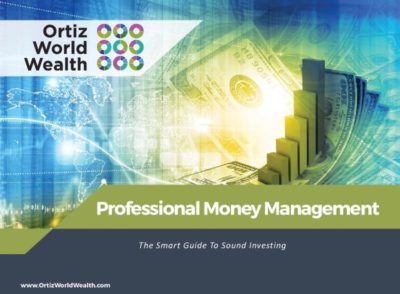16 Jun U.S. Pension Systems

We are all aware of the problems that are facing Social Security, especially because we must pay into it. But one thing that may not be in the direct focus of workers across the country, is the welfare of our nations pension plans. Public, private, single-employer, multi-employer, all these pension plans are in poor and worsening health. These used to be a secure way for employees to count on being well supplied during retirement. Unfortunately, this may not be the case for very much longer.
In Kentucky, one of the countries worst pension plan states, their state supreme court just recently ruled against a new law that was to be passed to cut benefits for public employees. Workers hired between 2003 – 2008 would have to pay an additional 1% of their salaries for retiree health insurance. Also, future teachers would no longer have a promised benefit from retirement until death. This bill was shut down due to the less than honest nature surrounding it. The new law had received little to no public comment or testimony. On top of that, it was rolled into a sewage service bill. This dishonesty, along with the other inherent problems with the pension system, is one of the reasons that retirement savings continues to fall into the hands of the individual day by day.
The most inherent of these problems is the funding gap. The gap between the assets and benefits promised has become a canyon. The nationwide spread hit $1.4 trillion in 2016. The companies in charge of these pensions are in a desperate need of re-allocation in order to save what is left and begin heading in the right direction. Not only to save the funds, but the retirements of Americans everywhere as well. California itself is only 69% funded. All this bad rap for pensions doesn’t mean that they are all going to be dead and buried very soon. But there are some plans that are in far more danger than others.
The multi-employer plans are probably doing the worst out of all of them, Teamsters for example. The multi-employer branch of the Pension Benefit Guaranty Corporation, the federally-instates insurer behind private pensions, will be out of business by 2025 if no changes are made. This came from their director, Thomas Reeder. If this happens, retirees enrolled in these pensions will get just about 10% of what they were promised. All these plans are at risk due to these companies going bankrupt. The premiums to payouts ratio are just not where it should be. There are 130 plans that could go under in the next 20 years. This places 1.3 million individuals marked as “critical and declining”. Single-employer plans are in better shape, but active participants and number of plans have both gone down. These are not sustainable at the current rate either, even though they reached their best position in 17 years during 2018.
Public pensions are doing ok. They have officials in each state doing what they can to ensure the longevity of the plans, as well as the benefits to their participants. Kentucky’s Public Pension Coalition coordinator is amid a legal battle to access analysis of the states public pension plan, which have been restricted for some time. Meanwhile Kansas retirees have not received a Cost of Living Adjustment in years, and pensions are still lacking the funding. Across the board, 77% of families with heads of households ages 55-64, have debt, mostly in housing. But that doesn’t change the fact that these families owe money and have plenty of money owed to them. It is important that you are prepared for whatever may happen in the near and far future. This is especially the case if you are dependent on one of these less than sturdy employee benefit plans. Now is the time to look over your retirement plan and make sure that you have the means necessary to meet the goals you have for your golden years. Remember, failing to plan is planning to fail. Plan Smarter & Live Better




No Comments